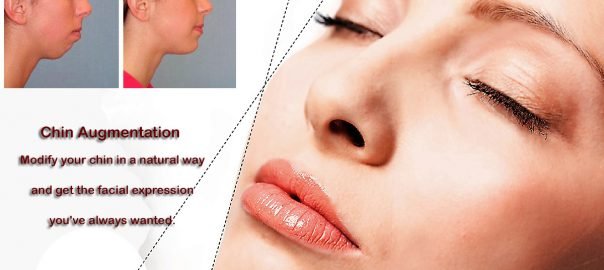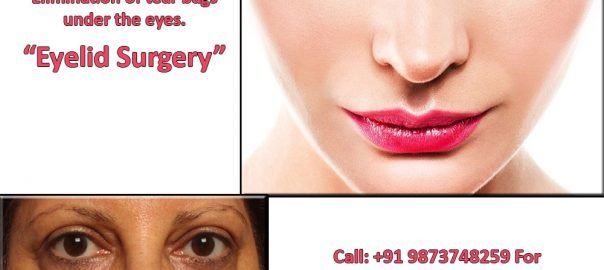An unattractive nose influences the overall shape and harmony of the face, which is why many people feel self-conscious and decide to have surgery to look good every day in front of the mirror. This is the reason why rhinoplasty is one of the most demanded cosmetic surgery operations and more than 100,000 patients go under the knife every year to have a nose retouched.
Deciding to have surgery should not be a decision made lightly. You must choose your cosmetic surgery clinic well and, very importantly, be advised by your plastic surgeon in Jammu, who is an experienced professional who will be able to recommend the type of surgery that best suits you.
Rhinoplasty duration
Rhinoplasty lasts approximately two to three hours, after which the patient usually stays overnight in the hospital or clinic as a precaution. Not in all cases the use of nasal packing is necessary, if so, it will be removed after 24 or 48 hours, without associating any discomfort for the patients. The next day the patient can go home and begin recovery from there. It is important to take the prescribed medication and follow the instructions of your best plastic surgeon in Jammu, to ensure that the postoperative period is correct, with minimal discomfort.
First postoperative days
The first days (7 to 10 days) after rhinoplasty, the patient must wear a nasal splint to ensure control of inflammation, proper healing and that there is no movement that could displace the recovering tissues and cartilage. In addition, during the first days, there may be small bleeding, so gauze is placed plugging the nostrils that will have to be changed regularly. If the bleeding lasts a long time or is abundant, it is important to go quickly to the doctor to check that the recovery is correct.
The postoperative period of a rhinoplasty can be a prior cumbersome or somewhat uncomfortable due to the importance of the nose in the respiratory process, however, it is one of the postoperative periods that allows faster incorporation into daily life, since after a period of between 5-7 days, the patient can go to work and lead a normal life as long as it does not include efforts or physical exercise until a month after the intervention. You can be a little hi chad and with some purples the first days, it is normal, improving quickly and progressively in a few days.
It will always be vitally important to heed the recommendations of plastic surgeons in Chandigarh, such as taking medication, sleeping on your back, wearing a nasal splint or avoiding sports, in order to have a faster and smooth recovery.
Recovery process
The recovery process may vary depending on the type of intervention we have undergone. It will depend on the structures that require treatment if it is necessary to work the bone if there is a deviation of the septum if the rhinoplasty is closed or open, but in general, it is not a painful surgery or a cumbersome or annoying postoperative period.
Reviews with your plastic surgeon in Delhi will also be of vital importance. The first revision is usually 4-5 days after the intervention, then 7-10 days to remove stitches and the nasal splint, subsequently spacing more and more in time: 1 month, 3 months, 6 months and 1 year.





